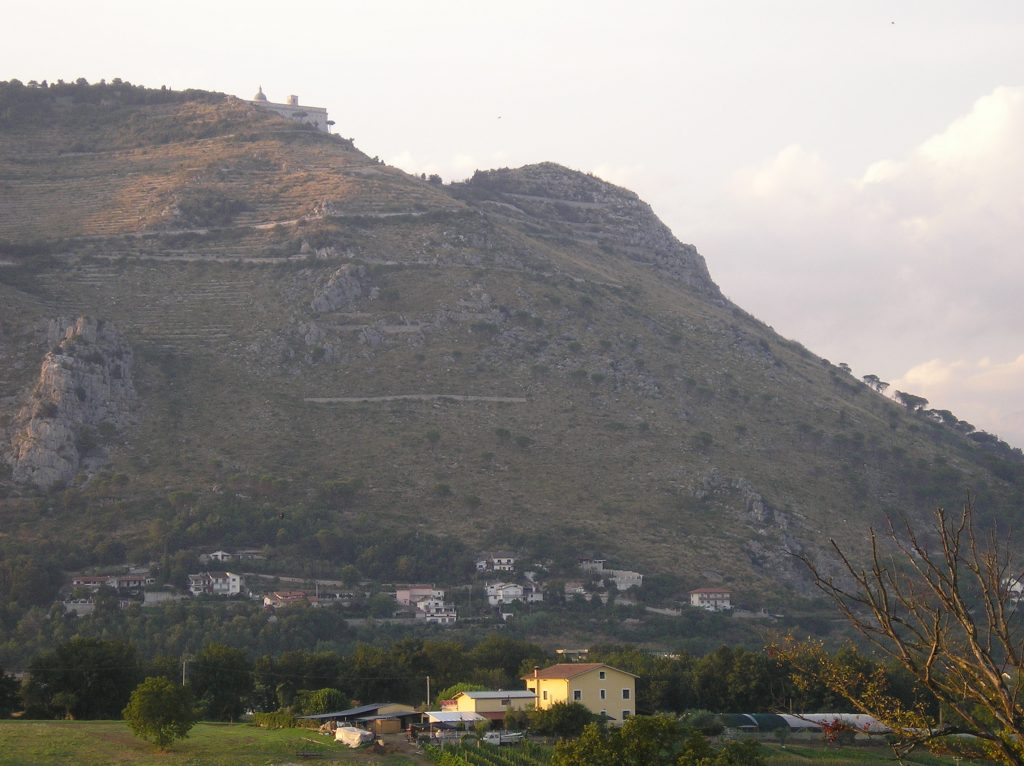
My last blog signed off just as we were arriving at Cassino, in central Italy. The town is located roughly half-way between Rome and Naples and overlooked by the famous monastery on Monte Cassino. Whilst the battle for Monte Cassino is one of the most famous battles in Italian WWII history, the taking of the town by British, French and New Zealand troops cost a considerable number of lives before the attack on the Monastery could be undertaken.
We embarked on the trip up to the Monastery at around 10:00am and the drive itself is memorable for the narrow winding road. I should mention that the weather for the whole of the trip to-date has been hot, at a little over thirty degrees centigrade and Bridget has been struggling with some of the hills. We arrived just after a ‘biker’ group from Poland. In the Battle of Monte Cassino the Poles took very heavy casualties and the battle is marked by remembrance every year by Poland. This biker group was particularly notable as it consisted of 100 bikers! This is the first time I have seen such a large group on an international trip. Before anyone complains I should mention that the American forces, both ground and air, were major contributors to the allied assault.
The whole life history of the Monastery, other than the war years, makes a visit well worthwhile.
From Cassino we moved onto Castellammare di Stabia, near Sorrento. We intended to stay here for a couple of days and use the hotel as a base to visit several locations in the area. The first was Pompeii, which would require a complete day to view properly. We decided to leave Bridget in the garage and use the local train service to get there from our hotel.
This was my third visit to Pompeii and I still haven’t seen everything. The town is, of course, still revealing more and more evidence of the life and times in a 79BC town, as the archaeologists continue their work.
On arriving back at the hotel in the early evening I decided to give Bridget a wash at a local car wash recommended by the hotel. It took a little while finding it and when I did was disappointed to see a long queue. I duly joined the end of the queue with Bridget’s rear end still hanging in the road and settled down for a long wait. I had only been there for a couple of minutes when a small, slim man came running over talking rather loudly in Italian, which can, to the uninitiated, sound as if you are being reprimanded. He indicated that I should reverse the car a little and then started moving three of the cars ahead of me forward, then left and right, finally gesturing to me to follow him through the jumble of vehicles. He escorted me around the side of the washing bays and into an empty-one in the far corner. I then realised he had totally by-passed the queue and set three of his operatives onto washing and drying my car. I fully expected someone from the queue to furiously protest at this clear discrimination but they just appeared to accept it. Just 15 minutes after arriving a cleaner Bridget and I returned to the hotel.
The following day, Sunday, we persuaded Bridget to take us into Sorrento and then along the Amalfi coast. Most of the small towns have been developed into busy, souvenir peddling, tourist traps, but the underlying scenery is still magnificent. Being Sunday, traffic was horrendous and the experience demonstrated that the local Italian tourism industry is no longer restricted to the month of August, as it used to be. This situation has made finding good affordable hotel rooms increasingly difficult.
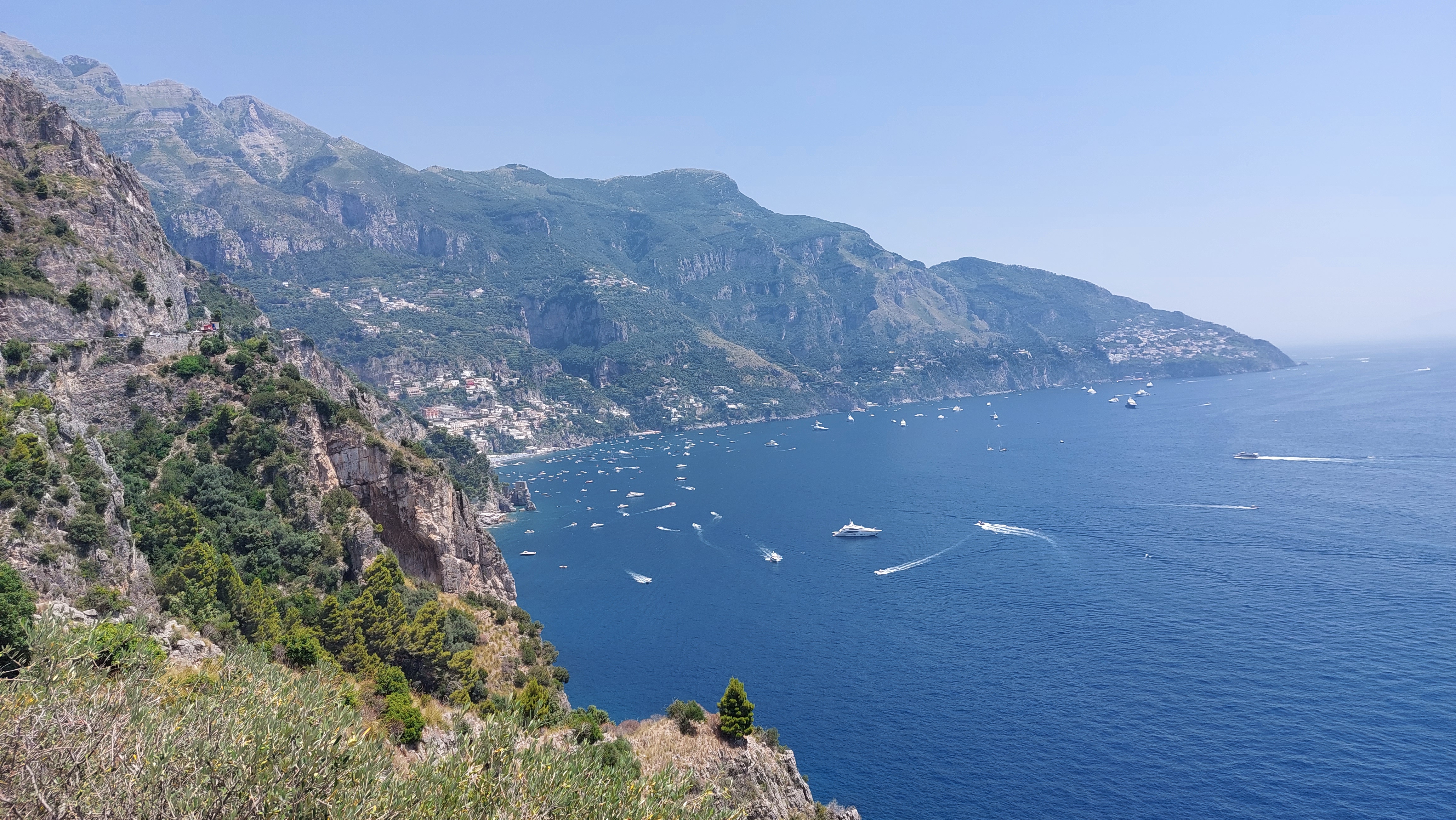
We left the Sorrento area early Monday morning still maintaining our southerly direction and stopped over at Belvedere Marittimo just down from Sapri. It is a small, sun and seaside, resort catering largely for Italian family holidays. We spent a day on the beach and the evening searching for a location on Sicily that would serve as a base from which to launch sorties to several locations on the island. We eventually settled on a hotel in a small village in the interior of the island, Geraci Siculo.
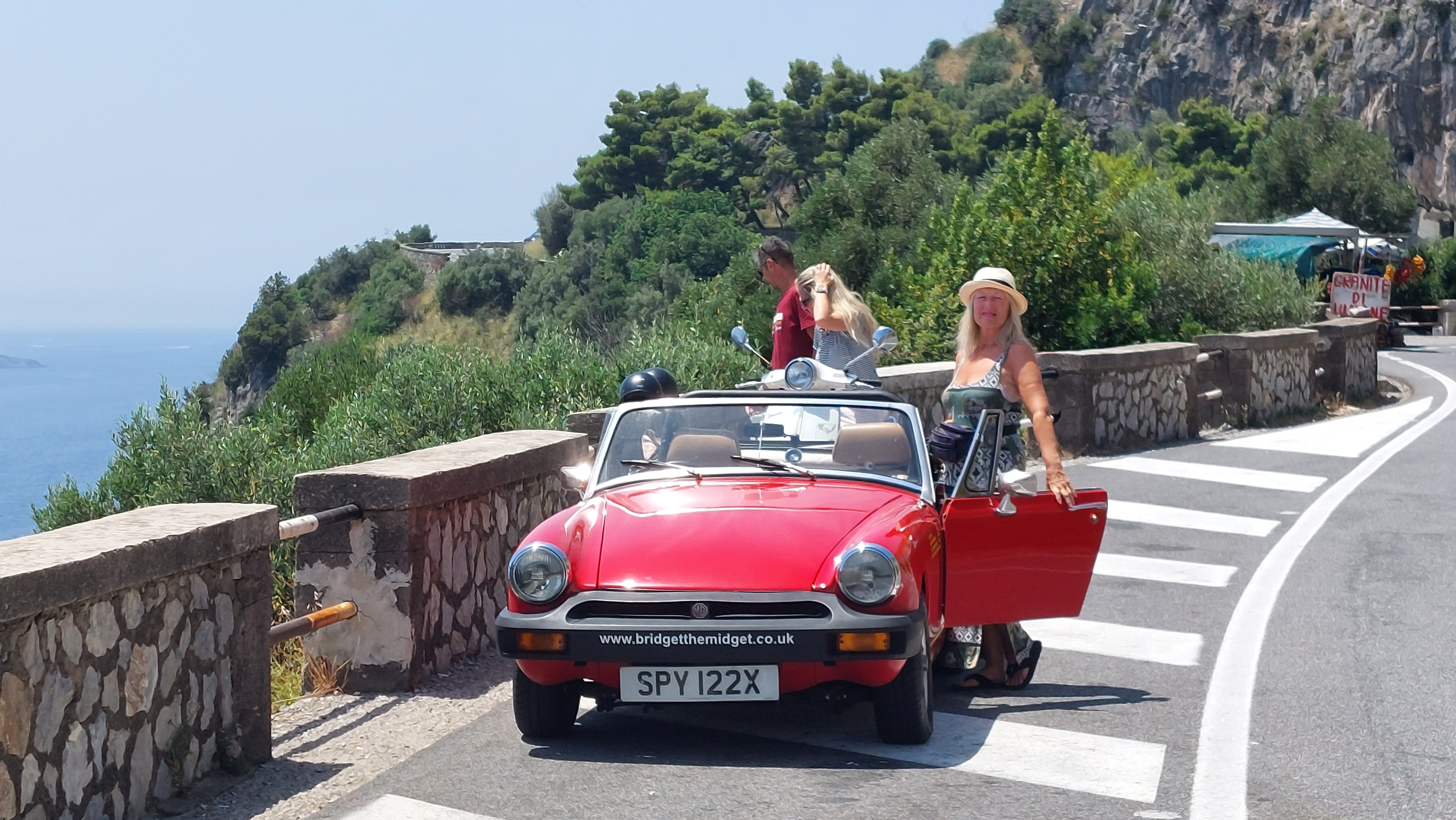
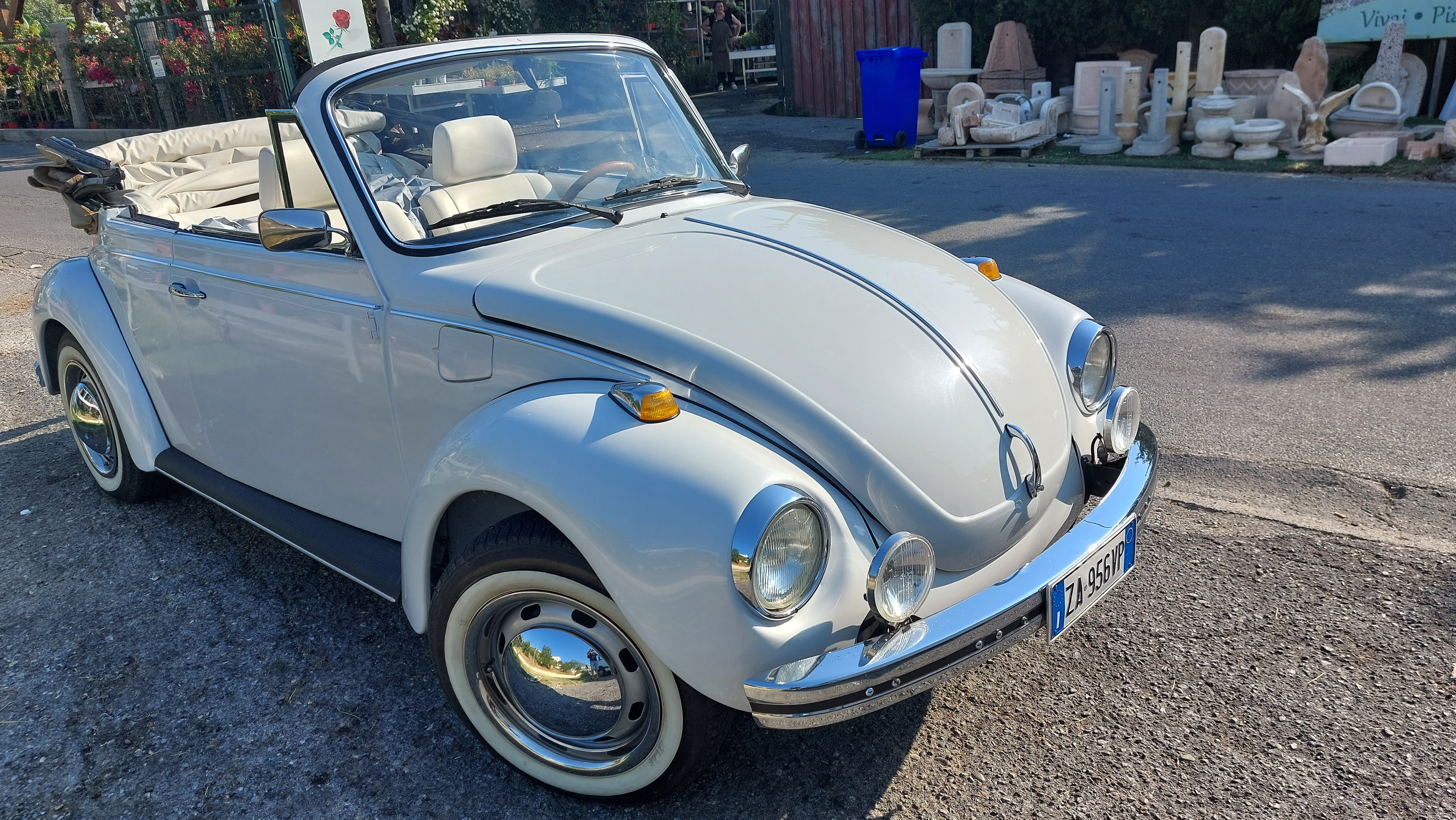
The drive down to Villa San Giovanni, where we were to catch the ferry to Sicily, was reasonably traffic free and would have been fast had it not been for the high air temperature. I decided it would be imprudent to work Bridget too hard. The ferry service from Villa San Giovanni to Messina only takes around 15 minutes and there is an almost continuous supply of boats. The crossing made a pleasant break from the exhausting heat of the day. I have just read that a serious heat-wave is settling in across Italy with the Italian Government (two words that aren’t often seen together) issuing health warnings. I always understood it was the Mafia that issued health warnings on Sicily, but whatever…
From Messina we took the A20 auto-route which was extremely quiet and therefore relaxed. Just before Cefalu we turned north on the SS286 and that’s when Bridget had to start some serious hard work! The minor road took us on a tortuous winding road up through the Le Madonie Mountains. It was the sort of road that in normal temperatures and with just myself aboard would have been great fun, but in this instance neither Bridget or Caroline, found it very enjoyable. Their relief was palpable when we arrived.
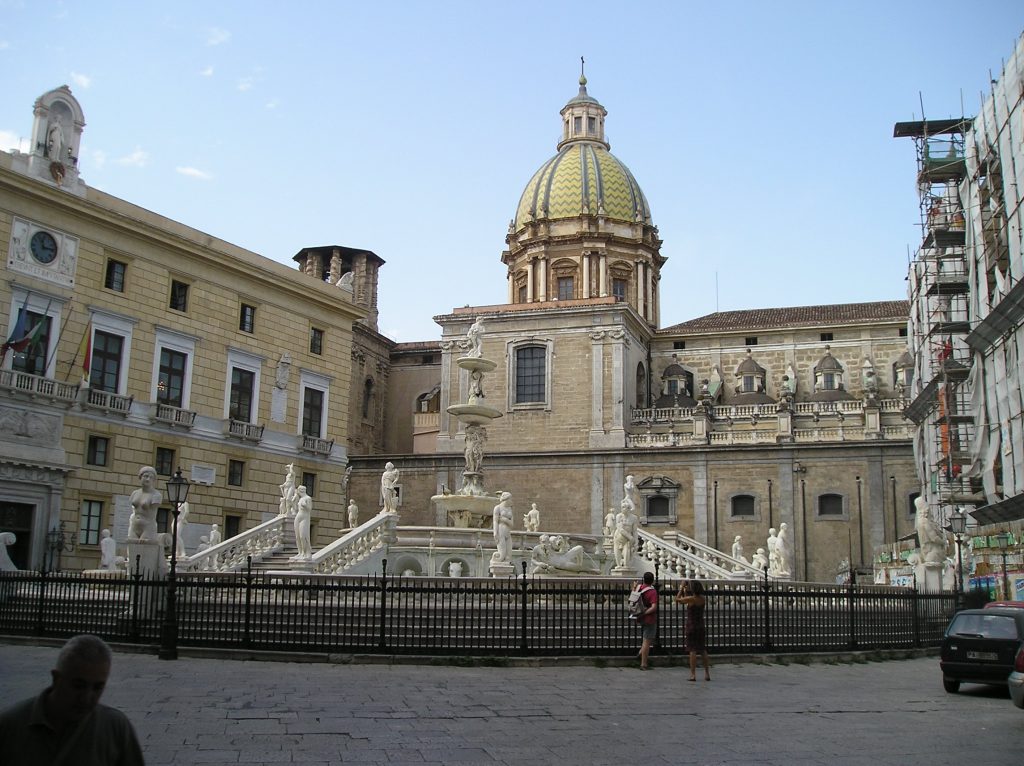
The next morning we set out to visit Palermo, capital of Sicily. Palermo is stuffed full of interesting palaces, churches, the inevitable cathedral and very impressive theatre ‘Teatro Massimo’. The predominant architecture is Norman with considerable Byzantine influence. I was pleasantly surprised at how easy and inexpensively one could park the car for (seven euros for seven hours, and no scruffy little lad promising to guard if for you for a small fee).
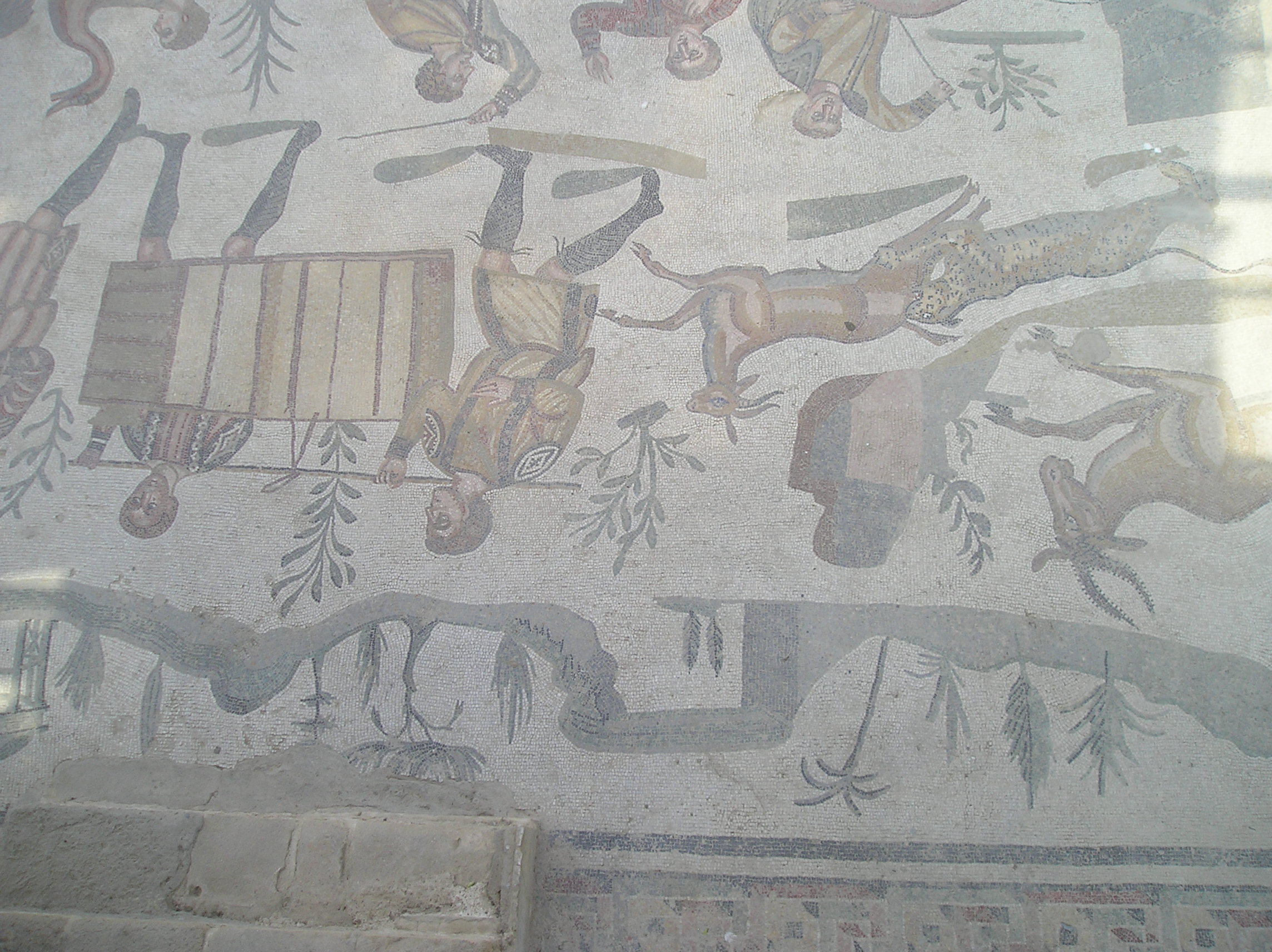
We spent most of our second day visiting Villa Romana Del Casale near Piazza Armerina. I had visited this site on my previous road trip here in 2006 and was very taken with the Roman mosaics. The site back then was not very commercialised and access to the mosaics was informal. This visit, although more restricted in how close one could get, included a far greater display of the villa and the mosaics. The examples are easily the most extensive and richest I have seen at any location.
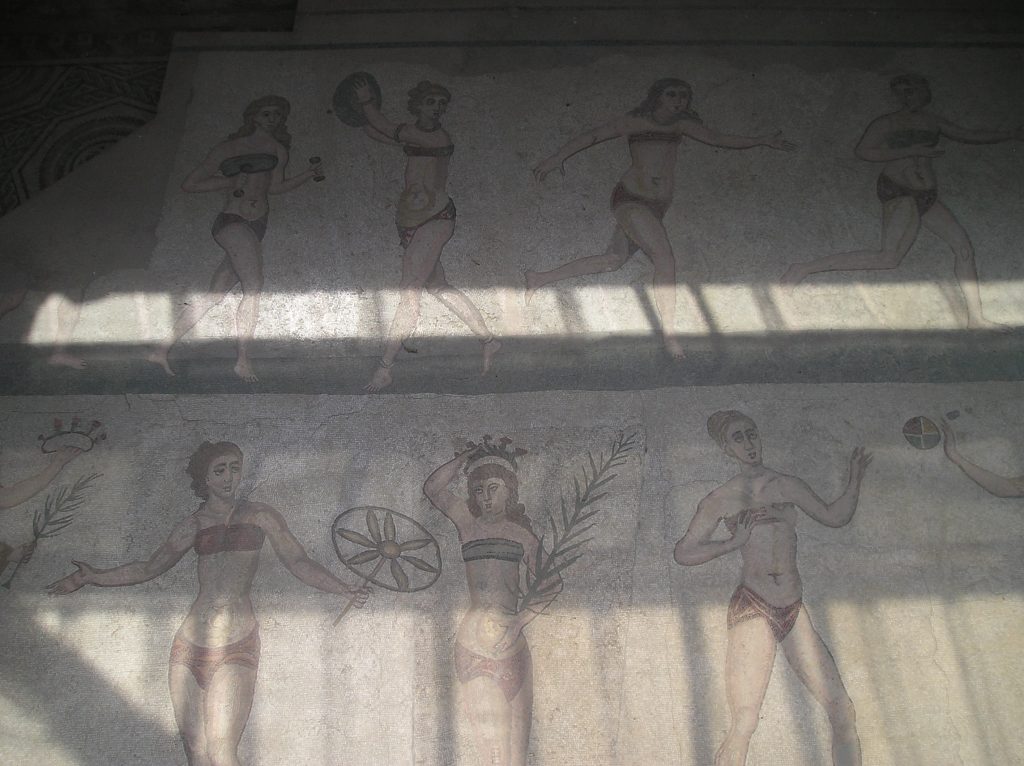
Our third and final day we have spent looking around the local town. Geraci is a typical hilltop town with a population of around 2,000 inhabitants. It has a ruin, Castello dei Ventimiglia, almost a church on every corner, and the residences are in steep streets only just wide enough for a Fiat Panda. Most of the buildings are medieval.
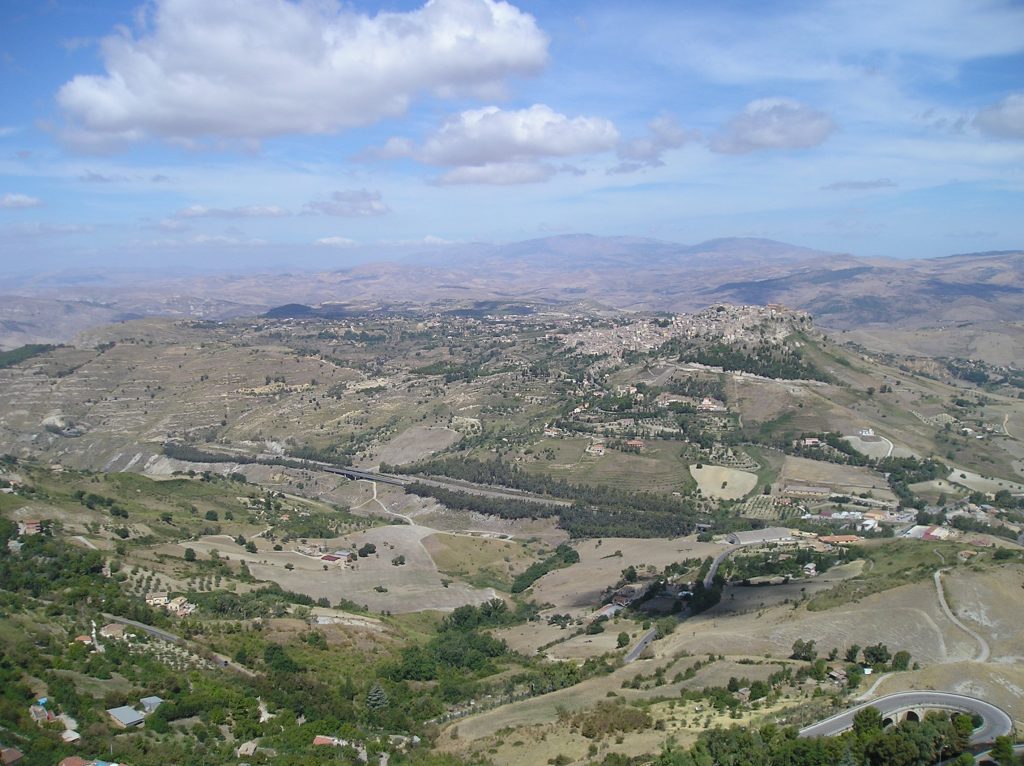
Tomorrow we leave Sicily and return to mainland Italy.